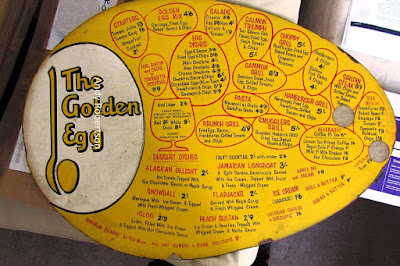The continuing story of the house Joe and Mary Ann Scott lived in for over 50 years and the families that have lived here since.*
 |
| Two squirrels, 2022 |
I can’t quite remember when the squirrels first came for breakfast, but it won’t be more than a year ago.
That said I am pretty confident that I can remember a time before there were squirrels in the Rec opposite the house.**
Although I suppose until recently I was less attuned to nature and the growing trend for what were wild animals to become urban ones.
 |
| Bagel and Tamla, 1983 |
But I can only claim two sightings of a fox, once late at night padding off up Beech Road, and on another occasional also in the early morning when two of them took up residence outside our front door for half an hour.
By contrast the squirrels have pretty much taken up residence in our garden which I am the first to admit comes from us feeding them.
At which point I know someone will point out that feeding wild animals is wrong. Wrong because it encourages them, wrong because it sustains them and makes them lazy and wrong because it’s wrong.
But we are locked into the breakfast ritual made all the more difficult to break given that on the dot of 7.30 they appear at the kitchen window, and who ever is sitting close to the window gets the job.
Now I very much doubt that Joe and Mary Ann ever coped with a squirrel at breakfast but they were mad keen on all sorts of animals, even leaving the house to the P.D.S.A. in their will and filling the garden with dead cats.
And there are those who can remember Mrs. Scott back in the 1960s feeding the pigeons which would surround her in ever increasing numbers on Beaumont Road making a bee line for the food she threw down.
 |
| Harvey, 1988 |
Not all were ours and not all stayed long but the dog and the cats did.
We had already inherited one stray cat which we called Tamla Motown and took into two more who were called Harvey Moon and Henry Harris.
Tamla had been found at the back of Stephenson’s the hairdresser’s on Wilbraham Road, Harvey turned up on the doorstep and Henry was a victim of some poor behaviour on the part of a gang of lads who had left him in a plastic bag on the Rec.
Their names of course have their own stories.
Tamla speaks for itself, Harvey came from a gentle TV show of the time and Henry was named after a Labour Party canvasser who traveled all the way on the bus from Crumpsall to help in elections.
 |
| Two gerbils, 1990s |
Pictures, two squirrels, 2022, from the collection of Balzano, Bagel and Tamla, circa 1983, Harvey, 1988, and two gerbils, circa 1994,from the collection of Andrew Simpson
*The story of a house, https://chorltonhistory.blogspot.com/search/label/The%20story%20of%20a%20house
**Scurry is the most common collective noun for squirrels, a group of squirrels is also called a dray (a nest).
***One hundred years of one house in Chorlton part 51 ............ the dog, the cats, two gerbils and a couple of rabbits, https://chorltonhistory.blogspot.com/2015/01/one-hundred-years-of-one-house-in.html













































